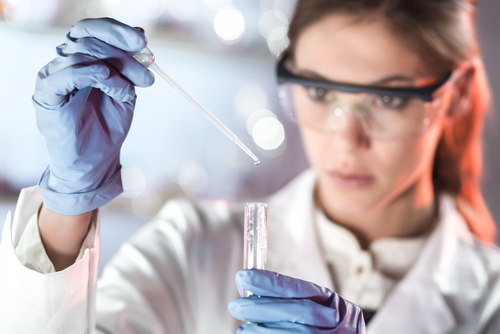Business Overview and Highlights
Abbott Laboratories (NYSE: ABT) is a healthcare company offering pharmaceuticals, medical devices, diagnostics, and nutrition supplements. In 1985, the company developed the first HIV blood-screening test. They are a $138 billion business based out of Illinois. Last year Abbott Laboratories pulled in $31 billion in sales.
The company operates within the consumer sector and maintains an investment grade credit rating of BBB. This allows Abbott Laboratories to issue cheap debt to grow the business and finance other initiatives.
Abbott Laboratories has experienced many mergers, and also split into other companies. On January 1, 2013 Abbot Laboratories split into two companies, one retained the Abbott name, while the other was named Abbvie. Abbvie was officially listed on the NYSE on January 2, 2013. Click here for a more comprehensive catalog of Abbot Laboratories mergers and expansions.
Additionally, Abbott Laboratories has acquired two major companies in Alere and St. Jude Medical. The acquisitions indicate growth for the company.
Abbott Laboratories 10-Year Dividend History
The company paid investors $1.6 per share a decade ago. The current dividend is $1.16 per share. The company’s split in 2013 explains the nominal decrease and you can see the annual changes below. For more information on how the split affected Abbott Labs’ dividend click here. Abbott Laboratories is a blue-chip company and a certified dividend aristocrat.

Over the last year, the dividend climbed 7.9%. The increase in dividend growth is a good sign. Abbott Laboratories might work out as a great income investment. Let’s take a look at the yield…
Current Yield vs. 10-Year Average
Abbott Laboratories’ long history of paying dividends makes it one of the best dividend stocks around. The company has a 47-year streak of dividend increases.
Generally, dividend yield is a great indicator of value. A higher yield is generally better for buyers. Sustainability is also vital, and we’ll look at that soon.
The dividend yield comes in at 1.63% and that’s below the 10-year average of 4.68%. Once again, the dramatic decrease around 2013 is thanks to the company’s split. The chart below shows the dividend yield over the last 10 years…

The lower yield since 2016 shows that investors have bid up the company’s market value. They might be expecting higher growth and payouts. But more often than not, the dividend yield is mean reverting with share price changes.
Improved Dividend Safety Check
Many investors look at the payout ratio to determine dividend safety. They look at the dividend per share divided by the net income per share. So, a payout ratio of 60% would mean that for every $1 Abbott Laboratories earns, it pays investors $0.60.
The payout ratio is a useful dividend safety indicator… but accountants can skew net income. They adjust for goodwill and other non-cash items. So, a better metric is free cash flow.
Here’s Abbott Laboratories’ payout ratio based on free cash flow over the last 10 years…

The ratio is volatile over the last 10 years and the trend is up. The last reported year shows a payout ratio of 41.6%. This gives plenty of room for Abbott Laboratories’ board of directors to raise the dividend. According to NewsMax Finance, Abbott grew net profits and earnings per share in the third quarter. They also noted that over the next five years “Abbott is expected to grow earnings by 6%-7% per year.”
As a longstanding dividend aristocrat, Abbott should continue to reward shareholders with steady dividends. No matter what the broader economy is doing, Abbott Laboratories tends to succeed.
Good investing,
Robert
